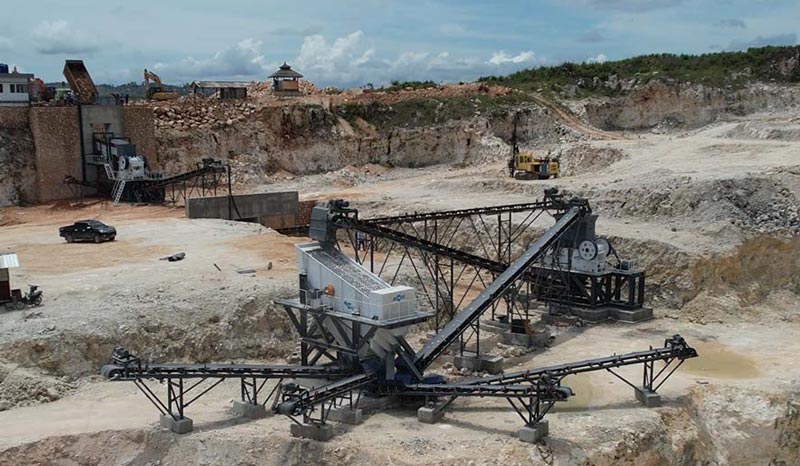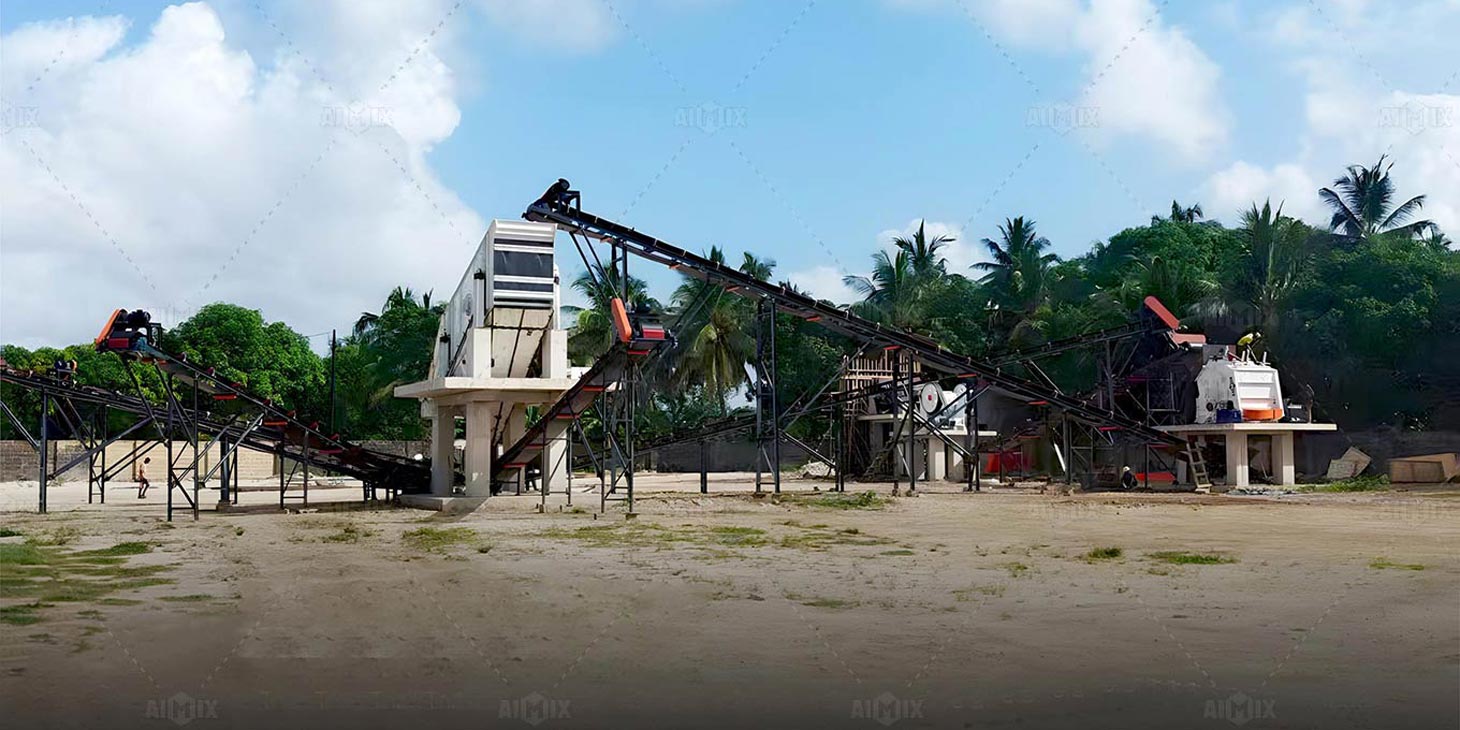The profitability of a limestone crushing operation depends on far more than the price per ton of finished aggregate. True cost analysis must account for geological variability, processing efficiency, and hidden operational expenses that collectively determine whether a quarry thrives or struggles. While most operators focus on visible costs like fuel and labor, the most successful operations optimize across three critical dimensions: material characteristics, equipment selection, and value chain integration.
Material Science Economics
Limestone deposits vary dramatically in processing costs based on their fundamental geology. Three factors dominate the economic equation:
Hardness and Abrasiveness
The Bond Work Index of commercial limestone ranges from 8-16 kWh/ton, directly impacting energy consumption. Highly abrasive formations containing chert or quartz can increase wear part costs by 300-400% compared to pure calcite varieties. Advanced quarries now use portable XRD analyzers to map these variations across their reserves, enabling selective mining that prioritizes the most profitable material.
Moisture and Clay Content
Surface moisture above 3% causes material handling issues, while clay content exceeding 5% leads to limestone crusher packing and screen blinding. Modern processing plants address this with pre-screening systems and targeted drying solutions, but these add $0.50-$0.75 per ton to operational costs that must be factored into reserve valuation.

Fracture Characteristics
Limestone with clean, consistent fracture patterns produces 25-30% more specification aggregate from a given volume than heavily jointed or irregular formations. Some quarries employ seismic mapping to identify optimal blasting patterns that enhance natural breakage along favorable planes.
Equipment Optimization Strategies
The right crushing circuit can make or break a limestone operation's profitability:Primary Crushing ConfigurationJaw crushers work best for hard, abrasive limestone, while impact crusher excel with softer, more homogeneous material. The choice affects not just throughput but downstream processing costs—poor primary reduction increases secondary crushing energy use by 15-20%.Moisture-Adaptive ProcessingPlants handling variable moisture content now employ:
- High-frequency screens that resist blinding
- Air classification systems for dry separation
- Closed-circuit grinding for wet conditions
These adaptations maintain 90%+ availability regardless of weather, compared to 60-70% for traditional setups.Value Chain IntegrationForward-thinking operations maximize profitability by controlling more of the value chain:

Onsite Concrete Production
Quarries adding batch plants can capture $15-$25/ton in additional value compared to selling bulk aggregate. The key is matching plant capacity to crusher output—a 300 tph crushing plant pairs ideally with a 4.5 yd³ batch plant.
Specialty Aggregate Development
Developing value-added products like:
- Agricultural lime (netting $40-$60/ton)
- Glass-grade calcium carbonate ($80-$120/ton)
- Acid-neutralization aggregates for mining
These specialty lines typically represent just 10-15% of volume but 30-40% of profits.Carbon Credit PotentialNew methodologies allow limestone quarries to monetize carbon sequestration through:
- Mineral carbonation of fines
- Reforestation of depleted reserves
- Alkaline runoff management
Early adopters are generating $0.50-$1.25 per ton in additional revenue from these programs.The most profitable limestone operations don't just crush rock—they optimize an integrated materials business. By understanding the full cost structure from deposit to end-use, and controlling more of that value chain, they achieve margins 2-3 times higher than conventional quarries. In an era of tightening environmental regulations and volatile construction markets, this comprehensive approach separates the high performers from the marginal operations.


